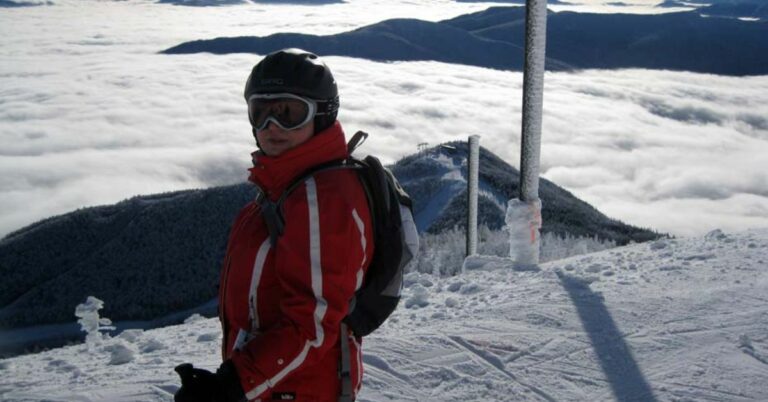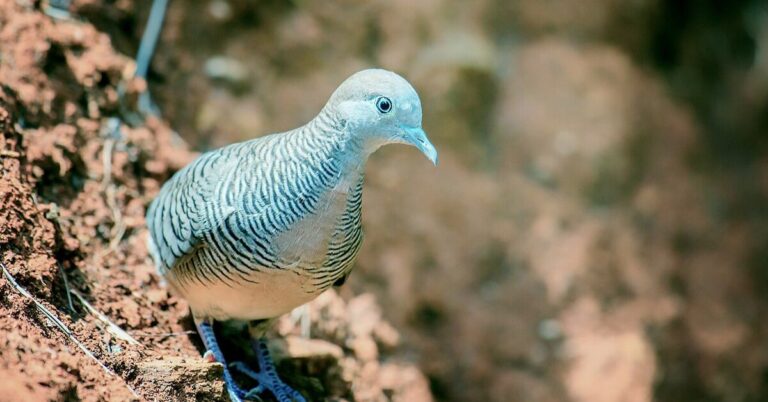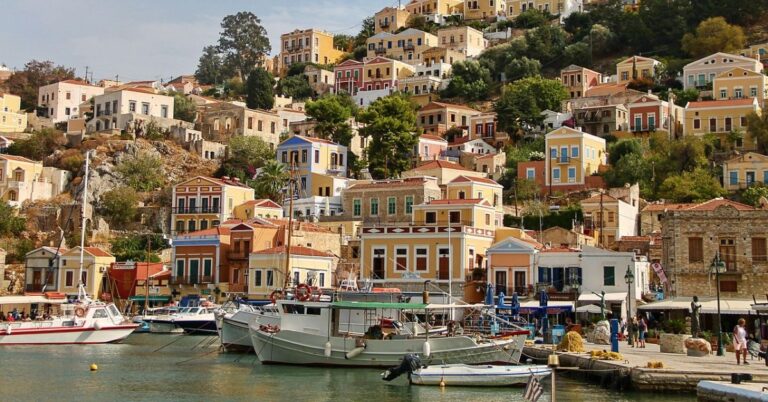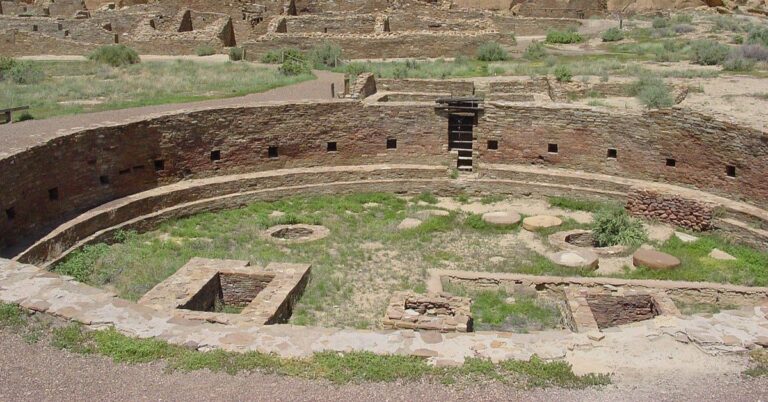15 Bucket List-Worthy Locations To Catch The Northern Lights In Action

You’ve seen the photos, but seeing it for real hits differently. Catching the aurora isn’t just about luck. It’s about showing up in the right places at the right time. So, if you’re planning the kind of trip that earns permanent space in your memory, here’s where to start looking.
Tromso, Norway

They call it the capital of the Arctic for a reason. Tromso sits inside the auroral oval and offers near-nightly displays from September to April. It balances wilderness and comfort with guided chases, fjord cruises, and even aurora camps. Plus, the Gulf Stream influence means it stays warmer than many spots this far north.
Fairbanks, Alaska
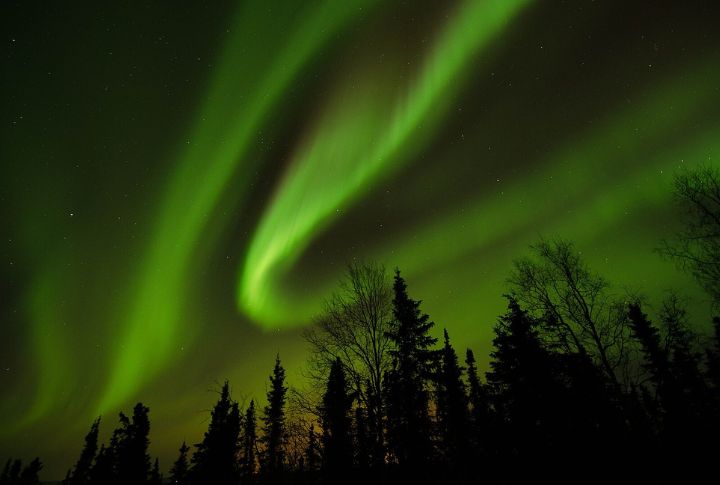
Want odds in your favor? This is your spot. Fairbanks has over 240 aurora-viewing nights a year, thanks to its dry interior climate and minimal cloud cover. The Geophysical Institute at the University of Alaska even issues nightly forecasts. So, try staying at a lodge with Aurora alarms.
Abisko, Sweden

Clear skies are a rare commodity in aurora chasing, but Abisko’s got them in bulk. The village sits in a “rain shadow” that blocks cloud buildup to increase your chances for a clear night. The nearby Aurora Sky Station, perched on a mountaintop, also offers chairlift access and real-time aurora research. It’s a hotspot with science and scenery in sync.
Yellowknife, Canada
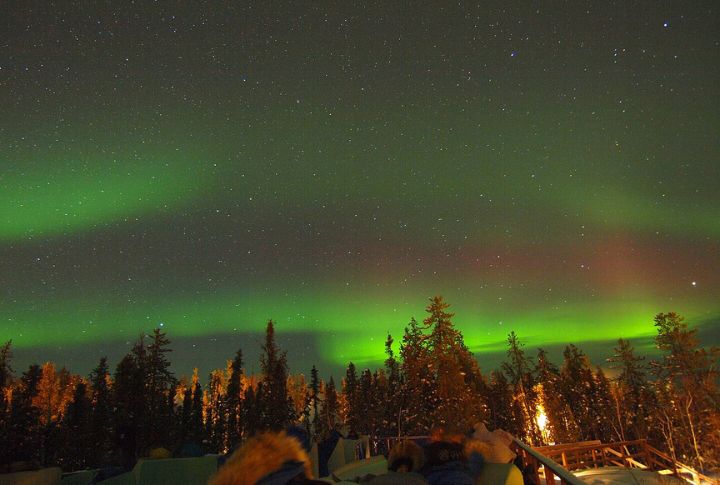
Mark Twain once said, “Go to Heaven for the climate.” He clearly never saw Yellowknife’s sky in winter. Located directly under the auroral oval, Yellowknife has high visibility and low humidity. Indigenous Dene guides feature cultural aurora tours, and many lodges provide glass-ceiling domes or heated cabins built just for skywatching.
Thingvellir National Park, Iceland

Cracks in the Earth meet color in the sky! This park lies in a rift valley between the North American and Eurasian tectonic plates, making the place feel ancient and surreal. It’s only 45 minutes from Reykjavik but has almost zero light pollution. In winter, the lights also arc over lava fields and frozen lakes.
Rovaniemi, Finland
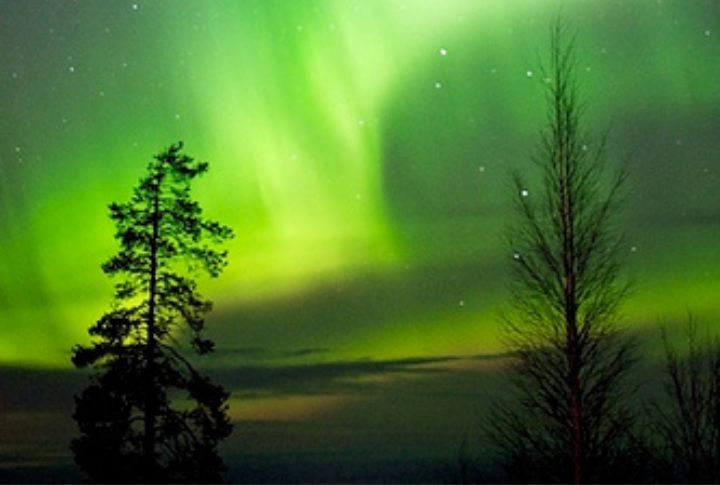
Ever watch the sky flicker above Santa’s official hometown? Rovaniemi mixes tradition with tourism to offer sleigh rides and Northern Lights photography tours. Located in Lapland, the place gets up to 200 aurora nights per year. Plus, the nearby Arctic Snow Hotel even features an ice restaurant and glass igloos facing north.
Svalbard, Norway

Polar bears, permafrost, and a night that lasts for months. From mid-November through January, Svalbard enters polar night—a time of 24-hour darkness. That means auroras can appear at noon. Its high latitude brings frequent displays, and the isolation guarantees zero light pollution. Just watch out for polar bears when heading out for photos.
Kangerlussuaq, Greenland

Tourists don’t talk much about Kangerlussuaq, and locals are fine keeping it that way. Situated inland from Greenland’s coast, this former US military base enjoys stable weather and fewer clouds. The lack of city lights and dry Arctic air also makes it one of the most apparent aurora-viewing regions in the country, and it even serves as a gateway to the Greenland Ice Sheet.
Alta, Norway

Alta built the world’s first Northern Lights observatory back in 1899, and its legacy as a research hub continues, with museums showcasing the science behind the spectacle. This place offers guided snowmobile and reindeer tours, plus ice hotels where guests can fall asleep to glowing skies. Due to the coastal setting, you can expect a surprising number of clear nights.
Lofoten Islands, Norway
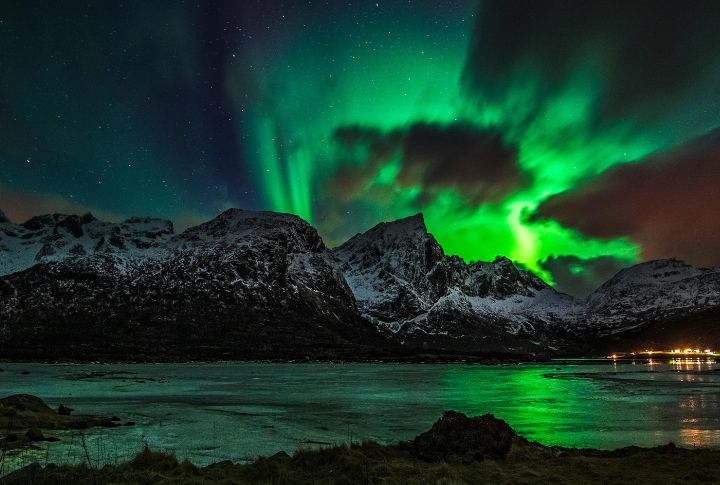
The Northern Lights don’t need a dramatic backdrop, but Lofoten insists on giving them one. With theatrical fjords and Arctic beaches, Lofoten turns aurora-watching into high art. Winter brings long nights and deep reflections off the sea. Because of its relative warmth at the latitude, it is one of the most comfortable Arctic viewing spots.
Fort McMurray, Canada

An oil town that may surprise you! Fort McMurray lies within Alberta’s auroral oval and offers surprisingly frequent sightings. Winter skies are often crystal clear, and several rural locations near the city minimize light pollution. The local Indigenous communities also host aurora-themed storytelling and astronomy tours rooted in the Cree tradition.
Denali National Park, Alaska

Denali’s beauty doesn’t go to sleep in winter. It lights up. Winter visitors trade wildlife for sky shows, and Denali delivers big. In fact, dark skies and lack of development make it an aurora photographer’s dream. Most tours leave from nearby Healy, where you can lodge in remote cabins explicitly built for northern light chasers.
Hammerfest, Norway
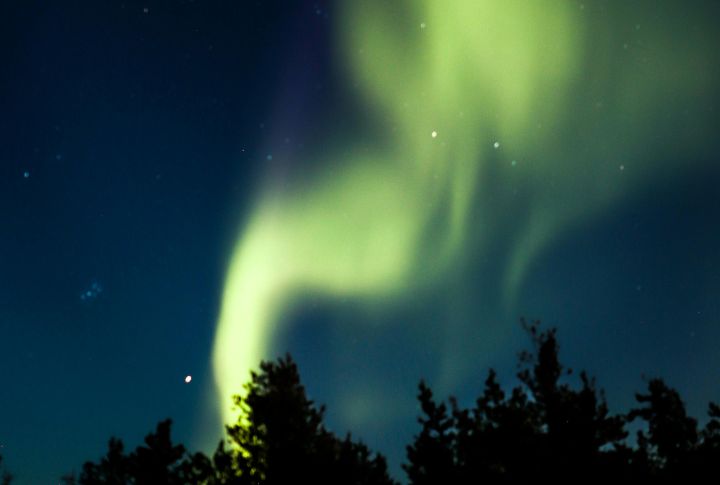
Europe’s northernmost town is truly electric. Hammerfest sits above the Arctic Circle and receives auroras regularly during peak months. Plus, its compact size means you’re never far from a good vantage point. Here, maritime roots and Sami heritage merge with modern life, creating the perfect backdrop for awe beneath the dancing sky.
Nome, Alaska
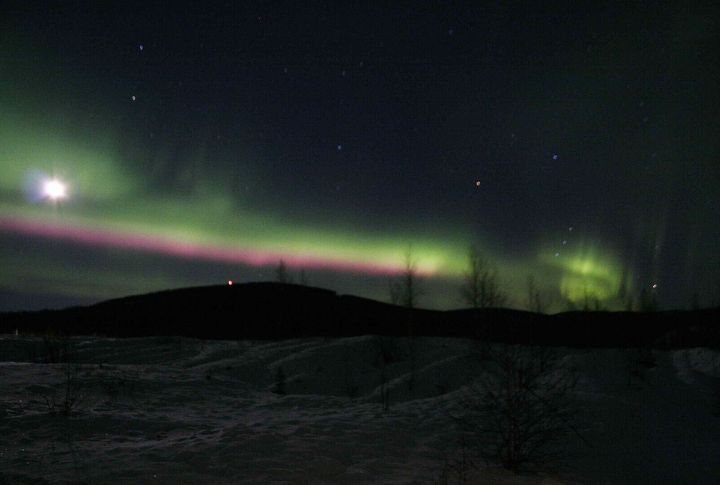
If you like your aurora with a dose of frontier grit, Nome delivers. This coastal town sits well within the auroral oval while giving expansive views and a stark, wild beauty. Want to enrich your visit further? Find local Alaska Native communities among Inuits and Yupiks, who share stories that add to the experience of watching the lights dance.
Kiruna, Sweden
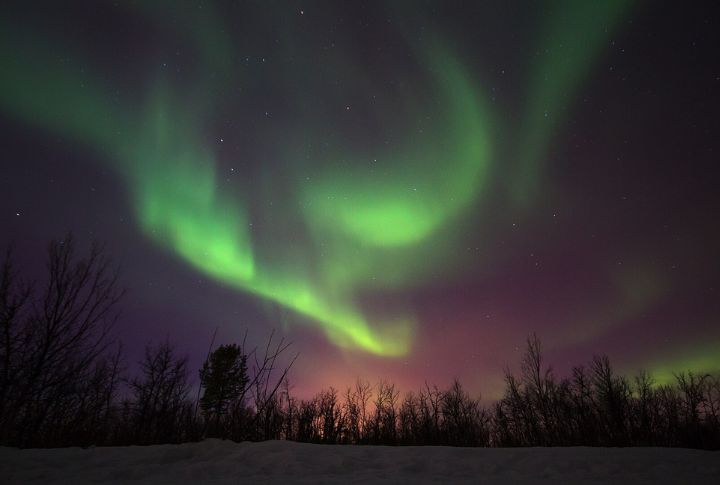
Kiruna’s got mining roots—and its head in the stars. Home to Sweden’s Esrange Space Center, it mixes science with Arctic charm. Long nights and clear skies make it an ideal hotspot for aurora chasers. Oh, and a fun fact? They’re moving the entire town soon. So, catch the magic while it lasts.


